Increase in Outdoor Living Spaces
The Windows Patio Door Market is witnessing a significant shift towards the creation of outdoor living spaces. As homeowners seek to expand their usable living areas, the demand for patio doors that seamlessly connect indoor and outdoor environments is on the rise. Recent surveys suggest that nearly 70% of homeowners prioritize outdoor living features in their property designs. This trend is not only enhancing the appeal of homes but also increasing the functionality of patio doors, which are now designed to accommodate larger openings and provide unobstructed views. As a result, manufacturers are innovating to meet this demand, further stimulating growth in the Windows Patio Door Market.
Growth in Home Renovation Projects
The Windows Patio Door Market is benefiting from a surge in home renovation projects. Homeowners are increasingly investing in upgrades to enhance the aesthetic appeal and functionality of their living spaces. Data indicates that the home improvement market has seen a steady growth rate of approximately 5% annually, with patio doors being a focal point of many renovation efforts. This trend is fueled by the desire for improved outdoor connectivity and natural light, prompting homeowners to replace older doors with modern, stylish options. Consequently, this renovation boom is propelling demand for a diverse range of patio door styles and materials within the Windows Patio Door Market.
Rising Demand for Energy Efficiency
The Windows Patio Door Market is experiencing a notable increase in demand for energy-efficient products. Consumers are increasingly aware of the environmental impact of their choices, leading to a preference for doors that offer superior insulation and reduce energy consumption. According to recent data, energy-efficient patio doors can reduce heating and cooling costs by up to 30%, making them an attractive option for homeowners. This trend is further supported by government incentives aimed at promoting energy-efficient home improvements. As a result, manufacturers are focusing on developing innovative designs that meet these energy standards, thereby driving growth in the Windows Patio Door Market.
Technological Advancements in Door Design
The Windows Patio Door Market is being transformed by technological advancements that enhance both functionality and security. Innovations such as smart locks, integrated sensors, and automated opening mechanisms are becoming increasingly popular among consumers. These features not only improve convenience but also provide added security, addressing a primary concern for homeowners. Market analysis indicates that the integration of smart technology in patio doors is expected to grow by over 20% in the coming years. This shift towards high-tech solutions is driving manufacturers to invest in research and development, thereby propelling the Windows Patio Door Market forward.
Emphasis on Aesthetic Appeal and Customization
The Windows Patio Door Market is experiencing a heightened emphasis on aesthetic appeal and customization options. Homeowners are increasingly seeking doors that reflect their personal style and complement their home’s architecture. This trend is evident in the growing demand for customizable features such as color, material, and design. Recent market data suggests that nearly 60% of consumers are willing to pay a premium for personalized patio doors. This shift is encouraging manufacturers to offer a wider range of design options and finishes, thereby enhancing the overall appeal of their products. Consequently, this focus on aesthetics is driving growth within the Windows Patio Door Market.


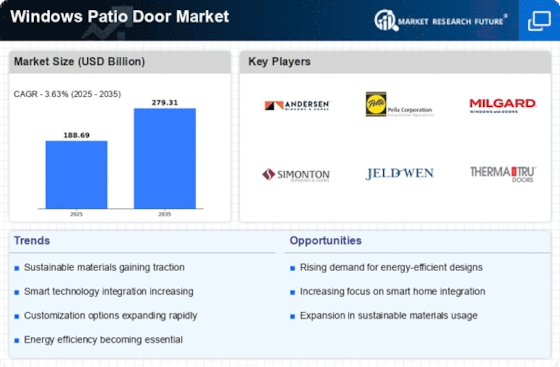
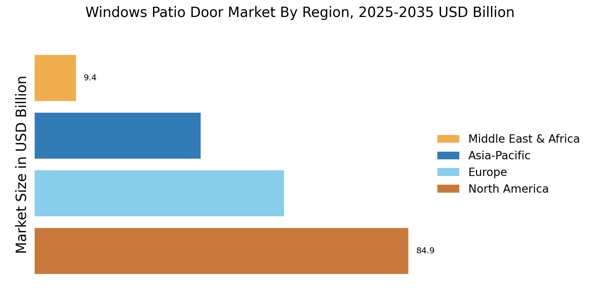



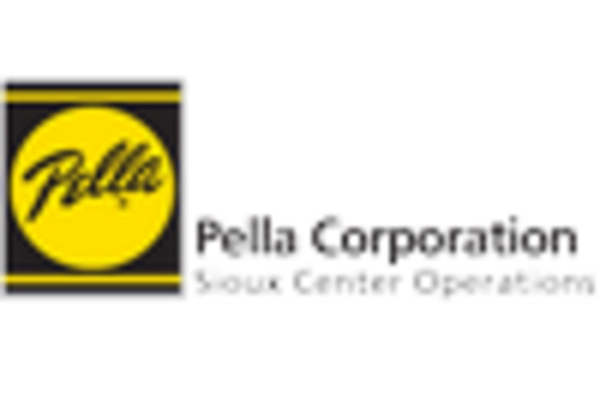
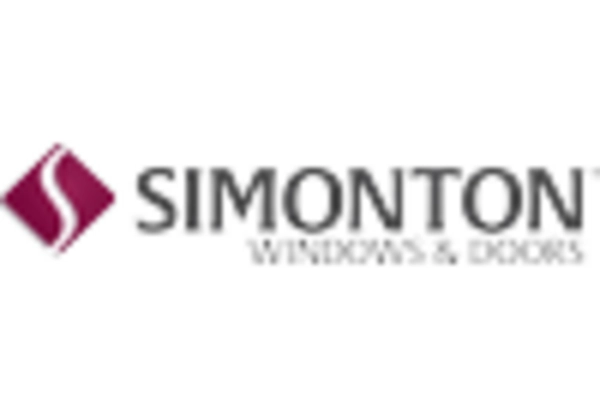
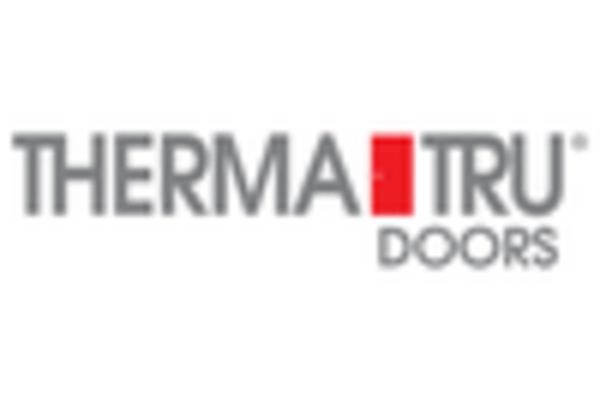








Leave a Comment